Before 2017

NA Highlight: Spectrally accurate fast Ewald summation
A new highly accurate method for the evaluation of forces resulting from electrostatic interactions has been developed.

PSDE Highlight: Pediatric systems medicine: evaluating needs and opportunities using congenital heart block as a case study
Executing a systems medicine programme in pediatrics creates potential for collaboration between clinicians and families who are keen to prevent and predict diseases and nurture wellness in the families’ children. …

PSDE Highlight: Metabolite profiling identifies a key role for glycine in rapid cancer cell proliferation
Glycine consumption and expression of the mitochondrial glycine biosynthetic pathway seem to be strongly correlated with rates of growth across cancer cells. …

PSDE Highlight: An atlas of combinatorial transcriptional regulation in mice and man
Availability of large TF combinatorial networks in both humans and mice will provide many opportunities to study gene regulation, tissue differentiation, and mammalian evolution. …
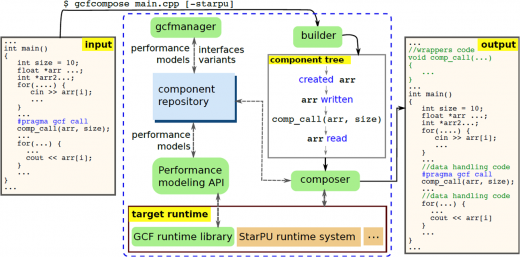
PSDE Highlight: Enabling efficient and future-proof HPC applications: High-level component-based programming frameworks for heterogeneous parallel systems
Recent disruptive changes in computer hardware (in particular, the transition to multi-/manycore and heterogeneous architectures) have led to a crisis on the application software side: efficient programming for modern parallel and heterogeneous systems has become more tedious, error-prone and hardware specific than ever. In particular, this holds for GPU-based systems that are increasingly popular in high performance computing, with GPU architecture evolving quickly – but which application writer has the time to rewrite and/or re-optimize his/her code for each new hardware generation? …
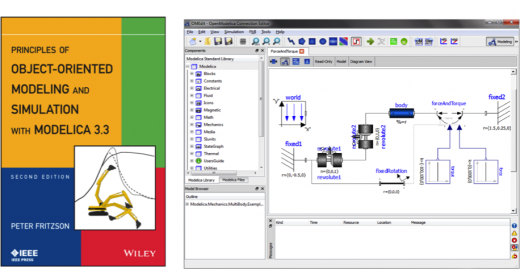
PSDE Highlight: Object-Oriented Modeling and Simulation with Modelica
The modeling language Modelica is bringing about a revolution in the area of simulating complex cyber-physical systems for e.g. robotics, aircrafts, satellites or power plants. …
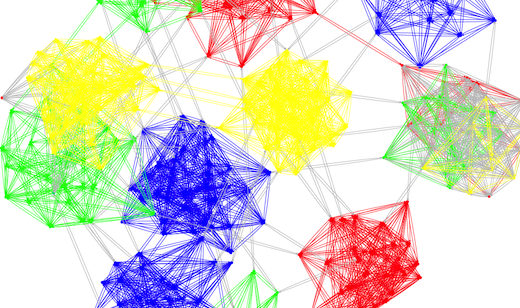
PSDE Highlight: Decentralized Graph Partitioning for Social Networks and Classification Systems
SeRC researchers have developed a novel decentralized method for partitioning of graphs, with applications in areas such as social networks and classification systems, that was awarded with best paper in the IEEE International Conference on Self-Adaptive and Self-Organizing Systems, 2013.

PSDE Highlight: Scalable Performance Monitoring
Understanding how parallel applications behave is crucial for using HPC resources efficiently. Particularly, exascale systems will be composed by heterogeneous architectures with multiple levels of concurrency and energy constraints. In such complex scenarios, performance monitoring and runtime systems will play a major role to obtain good application performance and scalability. SeRC researchers have developed techniques for online access to performance data and efficient data formats for performance data.

PSDE Highlight: World Record Hadoop Performance
Led by Dr Jim Dowling, in 2016, SeRC researchers from the PSDE community announced world-record performance for the Hadoop platform, with their next-generation distribution of Apache Hadoop File System, HopsFS. …
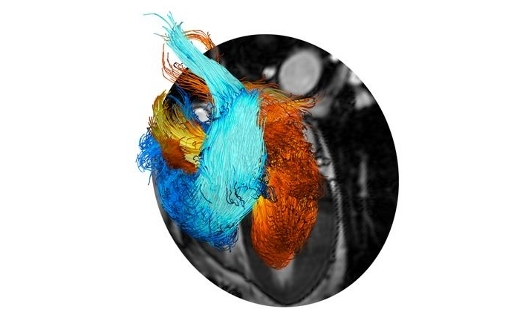
Visualization Highlight: ERC Starting Grant: HEART4FLOW
The objective of the HEART4FLOW project is to develop the next generation of methods for the non-invasive quantitative assessment of cardiac diseases and therapies. …
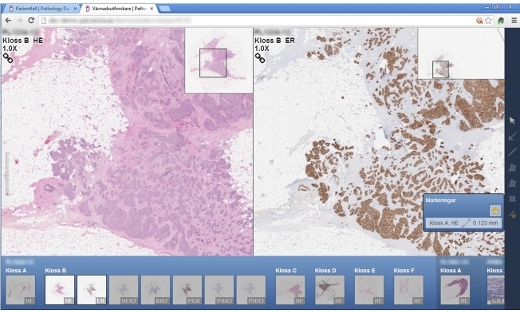
Visualization Highlight: Vinnova Framework Grant: Digital Pathology
Within pathology there is an urgent need for substantially increased efficiency in parallel with continued improvements in quality of care. …
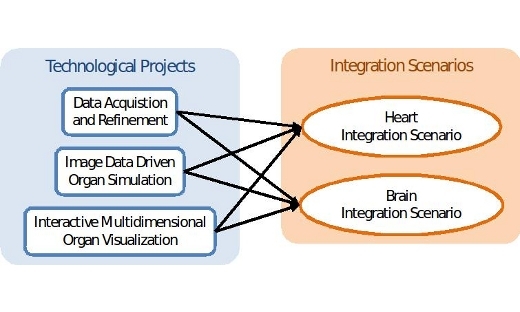
Visualization Highlight: KAW Research Grant: Seeing Organ Function
More recent medical imaging modalities support acquisition of patient-specific functional data embedded in a high-resolution spatial context. …

Visualization Highlight: Cover story: Interactive Visualization of 3D Scanned Mummies at Public Venues
By combining visualization techniques with interactive multi-touch tables and intuitive user interfaces, visitors to museums and science centers can conduct self-guided tours of large volumetric image data. …

Molecular Highlight: Accurate predictions of GPCR-drug complexes
SeRC researchers have developed methods that enable accurate prediction of receptor-drug interactions at the atomic level. …
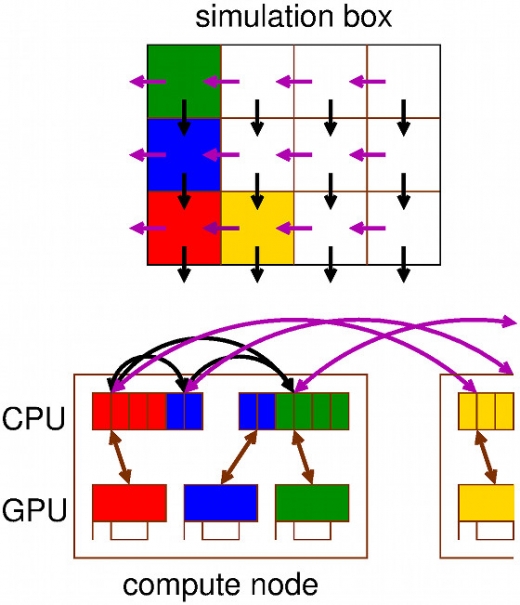
Molecular Highlight: The world’s fastest software for Molecular Dynamics on CPUs & GPUs
The increase in computing power allows part of (bio) molecular experimental work to be replaced by simulations. However, designing software that leverages the full power of modern (super) computing is becoming more and more challenging due to the fact that hardware is continuously becoming more parallel and heterogeneous. …
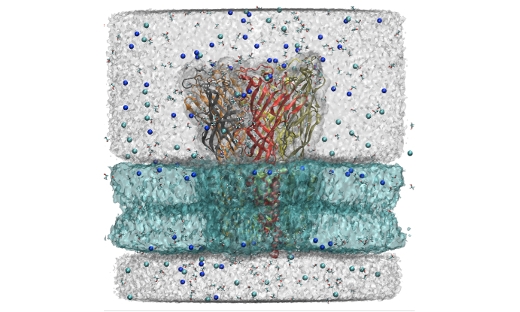
Molecular Highlight: Unraveling the strokes of ion transporters in computers
As highlighted by the 2013 Nobel Prize for chemistry, life science and biomolecular modeling are some of the most important applications for molecular simulation. By simulating the motions of membrane protein transporters in close connection with experiments, we have been able to explain fundamental mechanisms of nerve signal propagation both inside and between cells. …
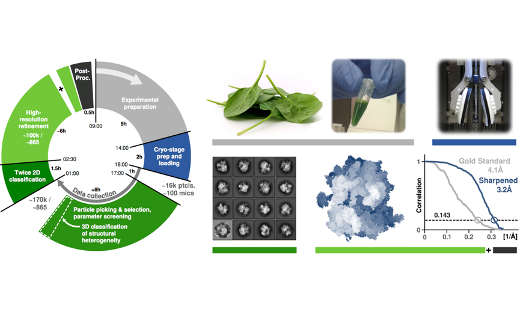
Molecular Highlight: Accelerating cryo electron microscopy refinement
Over the past years cryo electron microscopy has become a dominant technique for determining the structure of large biomolecules. …
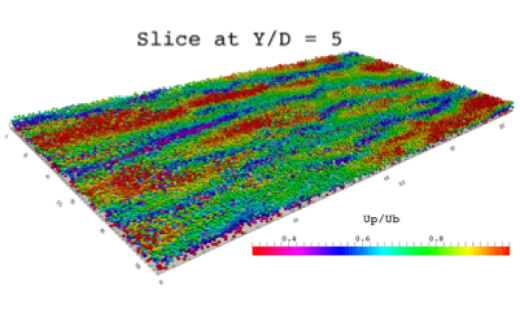
FLOW Highlight: Universal Scaling Laws or Dense Particle Suspensions in Turbulent Wall-Bounded Flows
We examine by means of large-scale interface-resolved numerical simulations the macroscopic behavior of dense suspensions of neutrally-buoyant spheres in turbulent plane channel flow. …

FLOW Highlight: Natural Laminar Flow
Direct numerical simulations of flow over wings for understanding the physics of modern methods of transition control. …
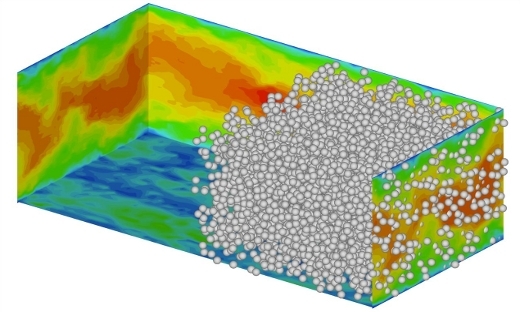
FLOW Highlight: TRITOS: Transitions and Turbulence Of complex Suspensions
Investigating the mechanisms by which the system microstructure determines the macroscopic flow properties provides valuable insight into the nature of flowing suspensions, and also leads to new ways of modelling and controlling it.
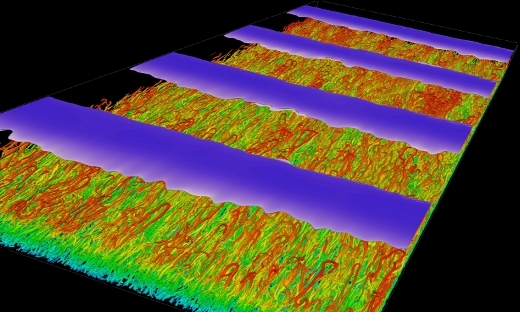
FLOW Highlight: Recurring intense bursts of turbulence in rotating channel flow simulations
Carrying out extensive simulations and observing for the first time intense recurrent bursts of turbulence in rotating channel flow. Rotating channel flow is therefore suggested as a prototype for future studies. …

FLOW Highlight: Simulations of turbulent boundary layers at high Reynolds numbers
The study of simplified canonical flows allows for deducing important properties of the physics. Therefore, a number of canonical flow cases have emerged as standard model problems to study wall-bounded turbulence. …

FLOW Highlight: Fully resolved simulations of fibers with a significant size in turbulent flows
The interaction between fibers and carrier fluid is modeled through an external boundary force method. …
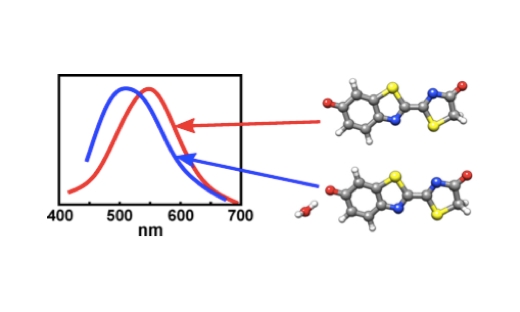
Electronic Highlight: On the Influence of Water on the Electronic Structure of Firefly Oxyluciferin Anions
Combining molecular dynamics simulations and time-dependent density functional theory calculations indicate that the preferred binding site for the water molecule is the phenolate oxygen of the anion. …
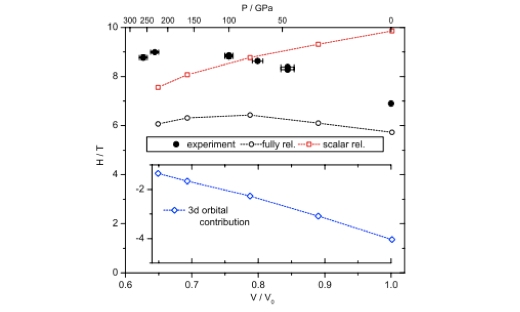
Electronic Highlight: Hyperfine Splitting and Room-Temperature Ferromagnetism of Ni at Multimegabar Pressure
Observed magnetic hyperfine splitting confirms the ferromagnetic state of Ni up to 260 GPa, the highest pressure where magnetism in any material has been observed so far. …
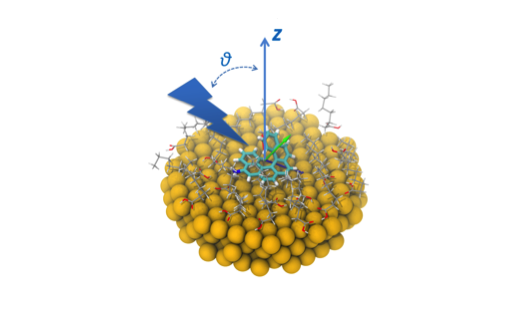
Electronic Highlight: Development of the Dalton program
Two powerful molecular electronic structure programs, Dalton and lsDalton, provide an extensive functionality for the calculation of molecular properties. …
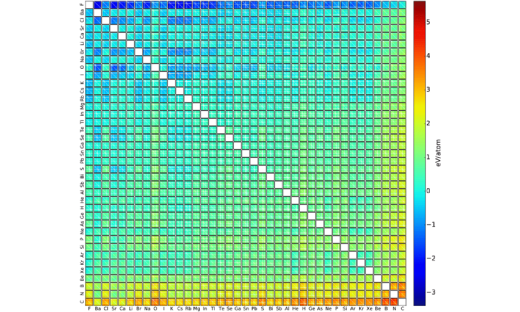
Electronic Highlight: Machine Learning Energies of 2 Million Elpasolite (ABC2D6) Crystals
Elpasolite is a common crystal structure. We have developed and trained a machine learning model to predict formation energies of all 2M pristine ABC2D6 elpasolite crystals that can be made up from main-group elements (up to bismuth). …
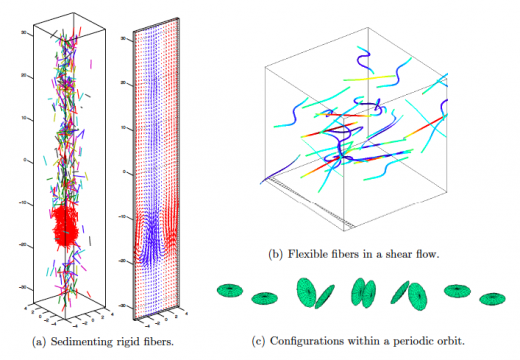
NA Highlight: Spectrally accurate fast Ewald summation
A new highly accurate method for the evaluation of forces resulting from electrostatic interactions has been developed. …

NA Highlight: Numerical methods for molecular dynamics
Langevin dynamics has been derived from the more fundamental Ehrenfest dynamics. …
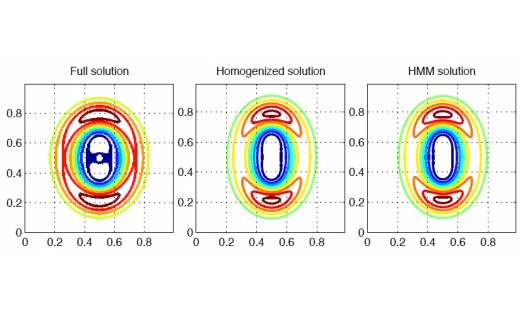
NA Highlight: Multi-scale methods for wave propagation
A new type of multi-scale numerical method for simulation of wave problems has been developed and analyzed. …

NA Highlight: Structured iterative methods for waveguide eigenvalue problems
In the field of electromagnetics, certain types of wave propagation can be modeled with waveguides, and can be analyzed by discretizing an associated partial differential equation. …

Brain-IT Highlight: D1R-Golf signaling modules segregate into compartments
The development of a large signaling model that takes into consideration the existence of at least two D1R-Golf signaling compartments explains the data pattern. …
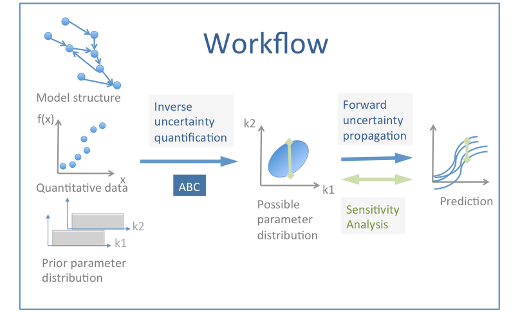
Brain-IT Highlight: Workflows for the estimation of model parameters
When modeling subcellular signaling pathways, experimental data are integrated into a precise and structured framework from which it is possible to make predictions that could be tested experimentally. …
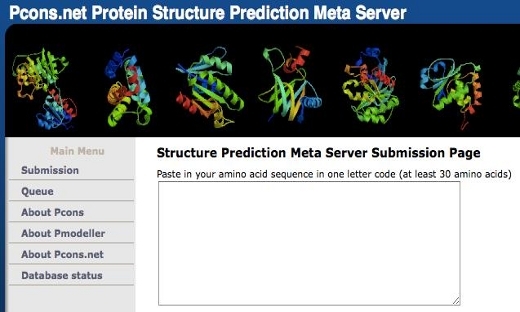
Bioinformatics Highlight: Protein structure prediction — state-of-the-art methods proven in contests
Several scientists in the Bioinformatics community study and develop methods for protein structure prediction.

Bioinformatics Highlight: Assessing protein mass spectrometry data using Percolator – how to weed out valuable information from the noise
Mass spectrometry (MS) is currently the most effective way to analyze protein on a large scale, and hence one of the most important tools for answering those questions. There are still however difficult challenges in analysing the wealth of data MS-based experiments produce.

Brain-IT Highlight: D1R-Golf signaling modules segregate into compartments
The development of a large signaling model that takes into consideration the existence of at least two D1R-Golf signaling compartments explains the data pattern. …




